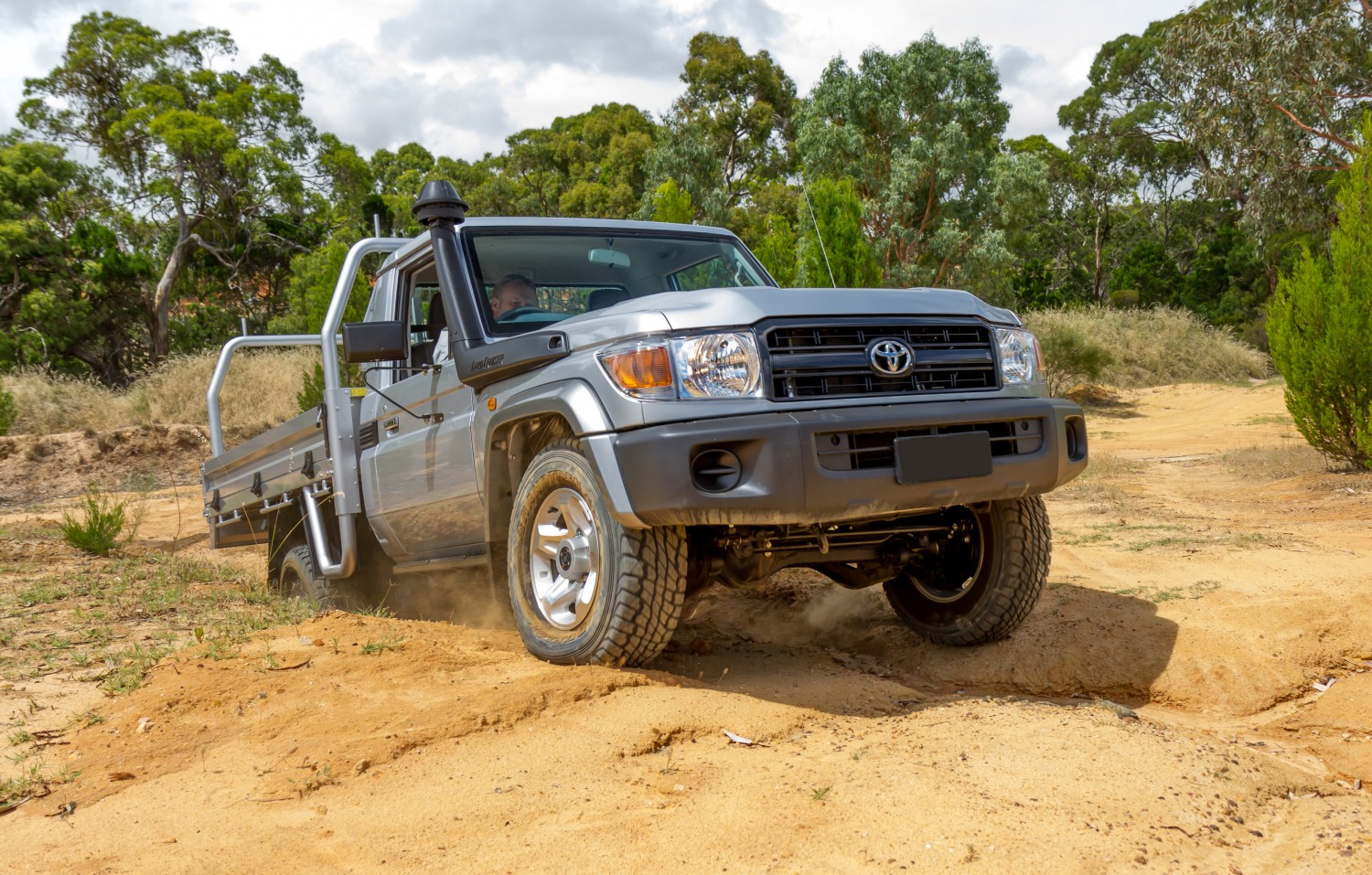dwh
Tail-End Charlie
Yea, quite a few people around here use that unit and like it a lot. 85a continuous duty rating on the solenoid. I noticed the other day, that Samlex now has one as well - 12v/24v, 160a continuous rating (480a peak), waterproof, has switched bypass capability (auto, hard on, hard off) and dual sensing:
http://samlexsolar.com/rv-power-products/ProductDetail.aspx?pid=478

